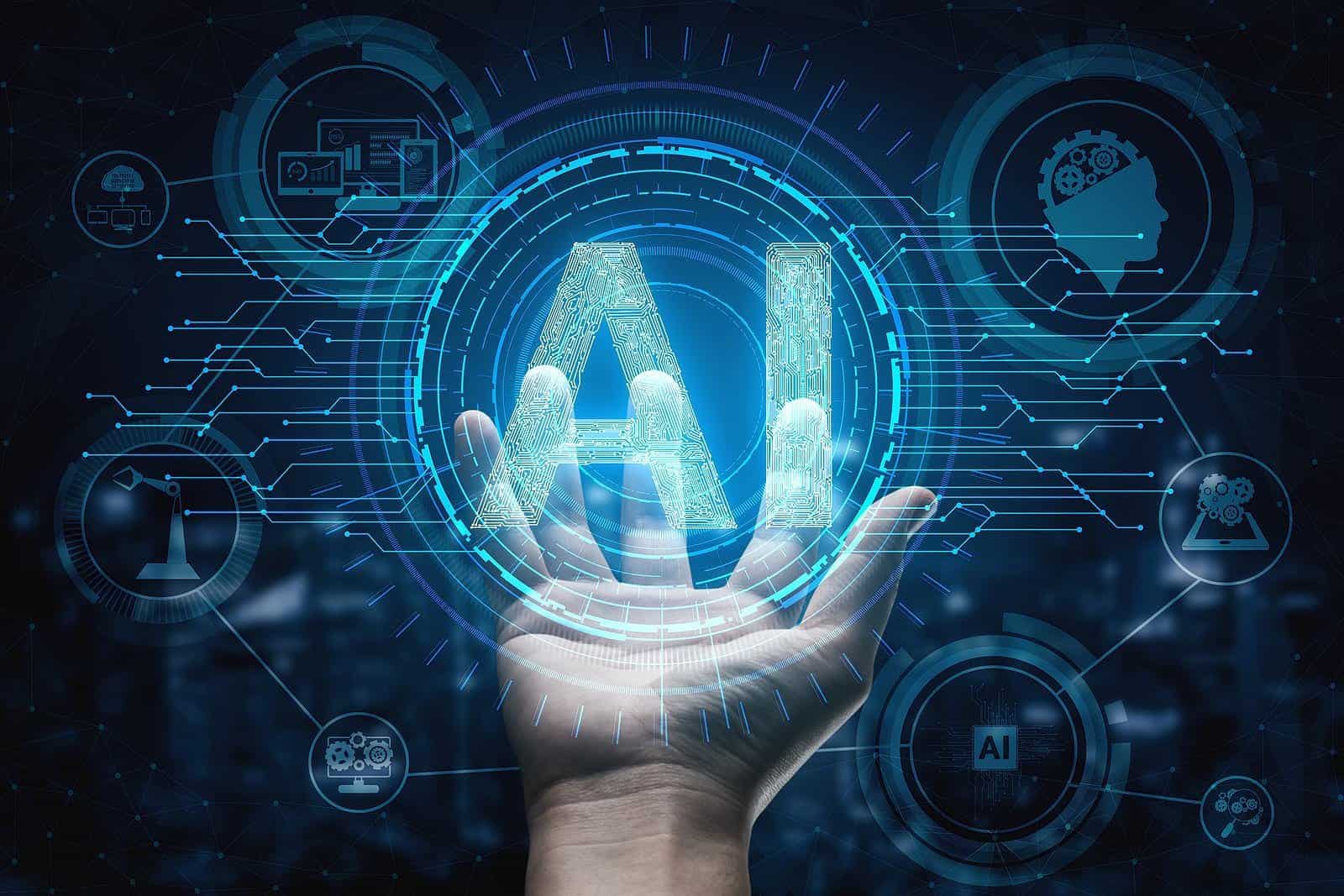How Artificial Intelligence Can Improve Digital Security
How Artificial Intelligence Can Improve Digital Security
Blog Article
Synthetic Intelligence (AI) is redefining electronic protection by providing cutting-edge solutions to combat significantly advanced internet threats. From predictive analytics to real-time risk detection, AI's integration into cybersecurity is proving to be a game-changer. But how exactly is Artificial intelligence (umělá inteligence) increasing electronic security? This information explores some crucial applications and their impact.
AI and Real-Time Threat Recognition
One of AI's most effective contributions to electronic security lies in its power to find threats in real-time. Traditional protection methods frequently count on pre-defined rules or individual oversight, that may result in postponed responses. AI, on the other hand, uses device understanding calculations to analyze data designs and identify defects instantly.

Consider phishing attacks, which stay one of the most frequent internet threats. An AI program may check a large number of e-mails per next, recognizing delicate signs of phishing, such as for instance unusual language styles or suspicious links. A study implies that AI-driven resources are 90% effective at finding phishing efforts, rather than just 70% for traditional systems.
Predicting and Blocking Episodes
AI's predictive features are yet another major asset. By studying old knowledge and recent tendencies, AI formulas can outlook possible vulnerabilities and suggest preventive measures. As an example, predictive designs are popular to anticipate Spread Rejection of Service (DDoS) problems by identifying unusual spikes in system traffic.
Statistical knowledge shows that predictive analytics instruments have paid off effective cyber-attacks on agencies by up to 60%. By remaining one stage before cybercriminals, AI helps businesses to improve their defenses before an attack occurs.
Automating Similar Protection Responsibilities
AI also excels at automating repetitive yet important cybersecurity tasks. Activities like tracking system traffic, updating firewalls, or handling security standards may be effectively handled by AI, releasing up individual protection groups for more proper responsibilities.
For instance, one report observed that AI systems decreased false-positive alerts in cybersecurity by around 90%, somewhat reducing the workload of IT teams. That automation not merely improves effectiveness but additionally assures a faster reaction to true threats.
Improving Endpoint Protection
AI-powered endpoint detection systems are significantly being started to shield devices such as notebooks, mobile phones, and IoT devices. These systems continuously learn from task to find unusual behavior habits, thereby avoiding unauthorized access.
A current study unearthed that businesses using AI-enhanced endpoint security skilled a 50% reduction in data breaches compared to these counting on conventional systems.

The Potential of AI in Digital Protection
As internet threats evolve, therefore does the necessity for more advanced safety measures. AI is empowering businesses with tools that are not only receptive but additionally proactive. By leveraging real-time risk recognition, predictive analytics, and automation, AI is reshaping the digital safety landscape.
Nevertheless, it's worth noting that while AI somewhat improves safety, it is maybe not without limitations. Continuous advancements and ethical considerations is going to be important to maximizing their potential.
Synthetic intelligence is not merely increasing digital safety; it's becoming an vital element of it. Organizations that follow AI-driven options are greater located to safeguard themselves in the current quickly changing electronic environment. Report this page